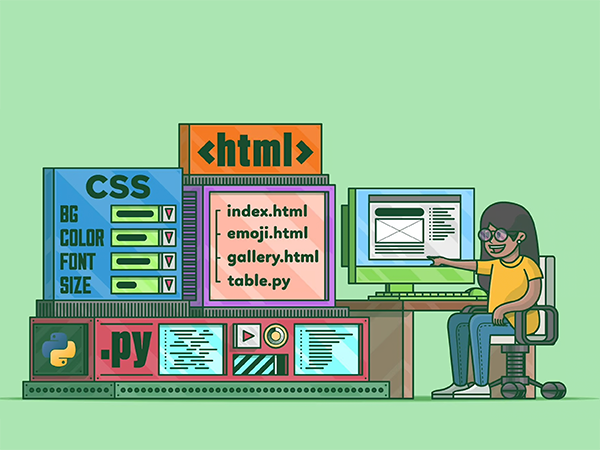Microservices Architecture: A Beginner's Guide
Microservices Architecture:
In today's rapidly evolving technological landscape, businesses constantly seek ways to enhance agility, scalability, and efficiency in their software development processes. This is where microservices architecture comes into play. This architectural style structures an application as a collection of small, independent, and loosely coupled services, each focused on a specific business capability.
What are Microservices?
Imagine a large, complex application built as a single, indivisible unit. This is the essence of a monolithic architecture, where all components are tightly intertwined. Now, envision breaking down this monolith into smaller, manageable components, each responsible for a specific function. These independent components are microservices.
Key Characteristics of Microservices:

- Decentralized: Each microservice operates independently, allowing teams to work autonomously and deploy updates without affecting other services.
- Loosely Coupled: Services communicate through well-defined APIs, minimizing dependencies and promoting flexibility.
- Independently Deployable: Changes to one microservice can be deployed without redeploying the entire application, accelerating development cycles.
- Organized Around Business Capabilities: Each service is aligned with a specific business function, promoting modularity and maintainability.
Benefits of Microservices Architecture:
- Enhanced Scalability: Individual services can be scaled independently to meet specific demand, optimizing resource utilization.
- Increased Agility: Faster development cycles and the ability to deploy updates rapidly enhance responsiveness to changing business needs.
- Improved Fault Isolation: If one service fails, others can continue operating, minimizing downtime and ensuring system resilience.
- Technology Diversity: Microservices can be developed using different programming languages and technologies, allowing teams to choose the best tools for the job.
Microservices vs. Monolithic Architecture:
While microservices offer significant advantages, choosing the right architecture depends on the specific application and organizational needs. Monolithic architecture might be suitable for smaller, less complex applications. However, as applications grow, microservices provide the scalability, flexibility, and resilience needed to thrive in today's dynamic technology landscape.
















